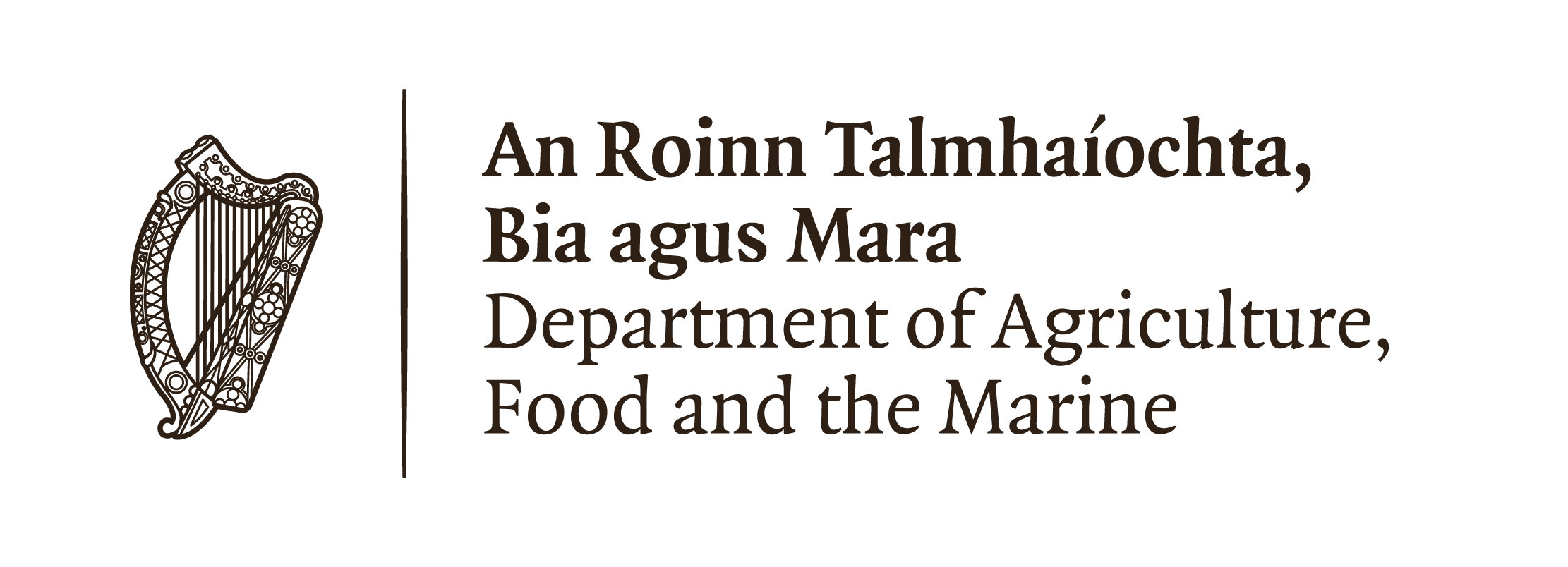Glenfarne Woods
Glenfarne Woods lies on the shore of Lough MacNean which forms the natural boundary between the counties of Leitrim, Cavan and Fermanagh. The wood forms part of what was once the Tottenham Estate, that existed from 1780 to 1919. The “big house” known as Glenfarne Hall was built in the 1800s. Ruins of Glenfarne Hall, can still be seen today. The estate passed from the Tottenhams to Sir Edward Harland (of Harland and Wolff shipbuilders, Belfast). Sir Edward Harland died at Glenfarne Hall on Christmas Eve, 24 December 1895. It's said that the flag stones that line the Titanic quay come from quarries in Glenfarne.
Today looped trails, of varying lengths, have been sensitively established and offer panoramic views of Northern Ireland on the other side of the lake. A feature of the trails is the presence of a number of sculptures which form a section of the Lough MacNean sculpture trail. The sculpture trail comprises eleven pieces which are to be found around upper and lower Lough MacNean. A historical feature known as Myles Big Stone sits adjacent to the trails. It is thought to have been a place of worship in olden times. Nearby is the Fort of Sile O'Reilly which is reputed to have been an ancient burial ground and a famine graveyard for infants. There is a picnic area and boat quay at the lake. Information on one of the many walks can be accessed here
The Ballroom of Romance
Ireland’s famous Rainbow Ballroom of Romance is situated in Glenfarne, County Leitrim.
The Ballroom was built in 1934 by John McGivern on his return to his native Leitrim homeland from the USA. It was known as Mc Givern’s Dance Hall, although locally it was referred to as the “Nissan Hut”, as its galvanised iron construction was reminiscent of the British Army huts of the same name.
The dancehall was a popular venue for showbands for many years and today the Rainbow Ballroom of Romance still hosts regular concerts, variety shows and tea dances. It is also home to a small showband memorabilia exhibition.
The SLNCR Greenway
The Sligo Leitrim Northern Counties Railway (SLNCR) ran through Sligo, Leitrim and border towns in Cavan and Fermanagh. It had a colourful past, and was privately owned by Lord Tottenham of Glenfarne Hall who acted as chairman, main contractor and the financier of the line. The proposed greenway trail will convert the disused railway route between Collooney and Enniskillen into a multi-use rail trail for cyclists, walkers and the mobility challenged. Starting in Collooney it passes through Ballintogher, Dromahair, Glenfarne, Blacklion and Enniskillen. There is currently a 2km demonstration stretch outside Glenfarne village.
STARTING POINT: 838072 N, 596417 E DIRECTIONS TO THE STARTING POINT: From the N16, turn off onto the local road L-2198 signposted St. Michaels RC Church Glenfarne. Straight ahead for the car park.





